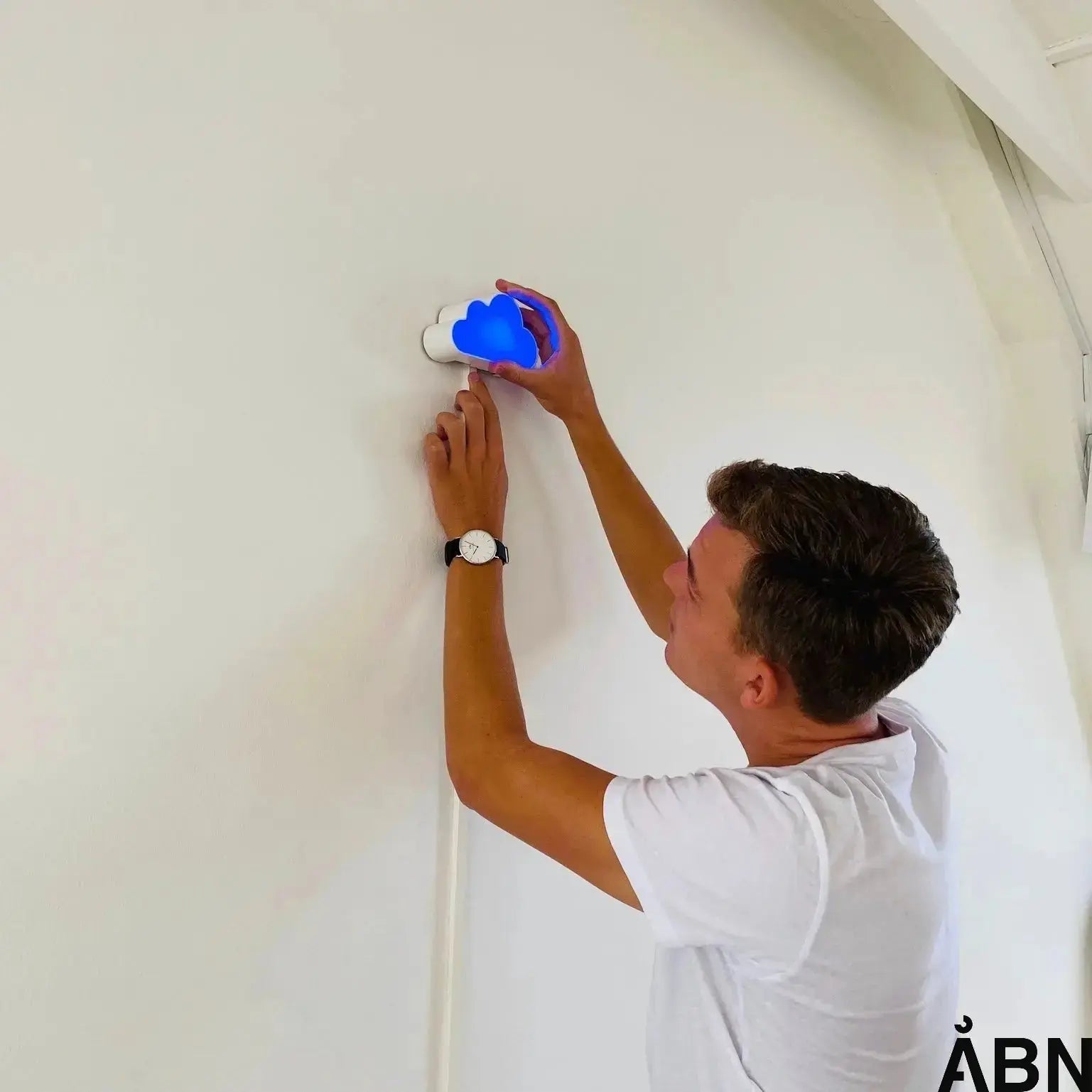How to measure noise in relation to legislation
When it comes to noise, it is important to understand both the legislation and the limit values to ensure a healthy and pleasant environment. Noise can have a major impact on our well-being and health, which is why it is crucial to have the right measurements and control measures in place.
According to the Danish Environmental Protection Agency , noise is a serious problem that can lead to both physical and psychological discomfort. Therefore, clear guidelines and limit values for noise levels have been set in Denmark to protect the health and well-being of citizens. These limit values are based on the use of the area and can vary depending on whether it is a residential area, an industrial area or a recreational area.
Measuring noise with technology
When it comes to measuring noise, technology plays a crucial role. The Danish Road Directorate has developed advanced systems to measure traffic noise and assess the impact on the environment. These measurements are crucial for identifying problem areas and making decisions about preventive measures.
DCE, Aarhus University , has also contributed important knowledge about noise exposure in Denmark. Their research has shown that noise levels in certain areas are far above the recommended limit values and that action is needed to improve the situation.
Noise in the workplace and the role of the Danish Working Environment Authority
The Danish Working Environment Authority also has clear guidelines for noise in the workplace. Limits for noise levels are set to protect workers' hearing and health. It is important to comply with these limits and implement appropriate noise reduction measures to ensure a safe working environment.
FAQ about noise legislation and measurement
What are the typical noise limits in residential areas?
The noise limits in residential areas vary depending on the time of day and the source of the noise. In general, the limit for road traffic noise during the day is around 58 dB and at night around 53 dB for outdoor living areas.
How are noise measurements carried out in practice?
Noise measurements are made using sound level meters, which are strategically placed in the area to be surveyed. Measurements are typically taken over a period of time to calculate an average noise level (Lden or Leq), taking into account factors such as distance, height and surroundings.
How can noise levels be reduced in a work environment?
Reducing noise levels in the work environment can be achieved through technical solutions such as soundproofing, the use of noise-absorbing materials and the replacement of noisy equipment. In addition, organizational measures such as changing the workflow and using hearing protection can also be effective.
Innovative solutions from ÅBN
At ÅBN, we work with innovative solutions to visualize the indoor climate and ensure optimal conditions. Our technology, such as our Skyen product, allows users to monitor noise levels and make informed decisions to improve the indoor climate.
If you have any questions or need advice about noise measurement and legislation, please feel free to contact us . We are ready to help create a healthier and more comfortable environment for everyone.









